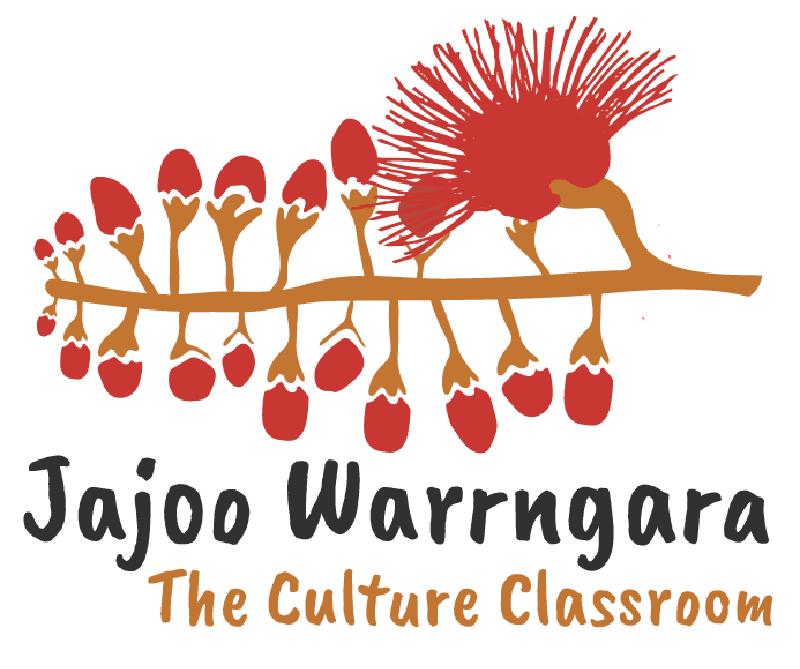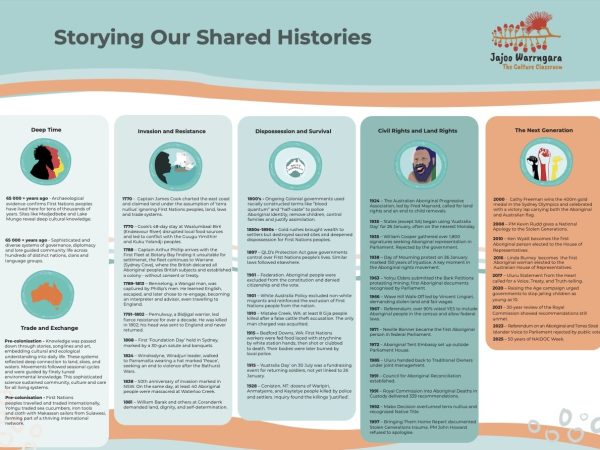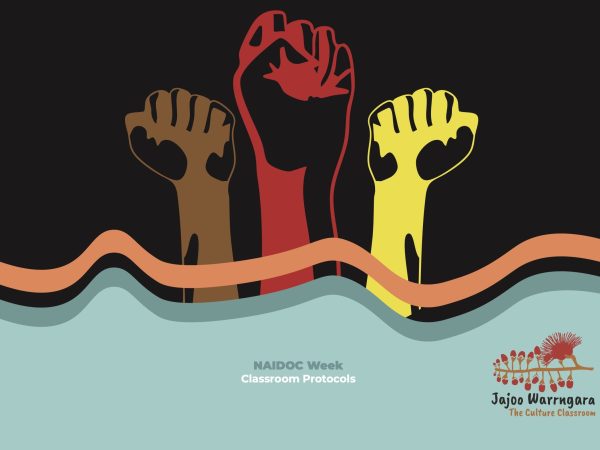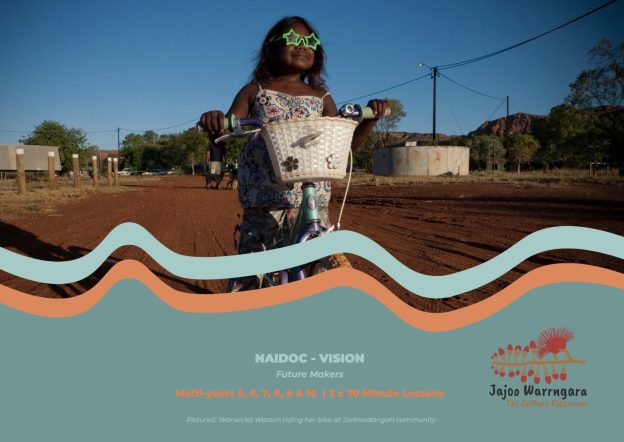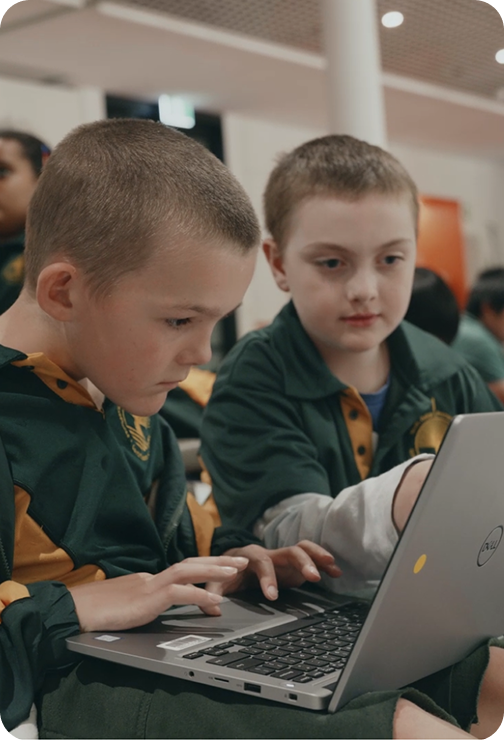Learning Areas
English | History | HASS | Visual Arts
In this unit
Students explore the concept of ‘vision’ by learning from the past and imagining the future. They investigate key moments of First Nations activism using the Storying Our Shared Histories timeline. Drawing on their knowledge of current issues, students create a future timeline of imagined events and develop a character profile for a fictional changemaker.
This unit includes:
Learning Areas
General Capabilities
Cross Curriculum Priorities
Aboriginal and Torres Strait Islander Histories and Cultures
Related Units
Unit Content
